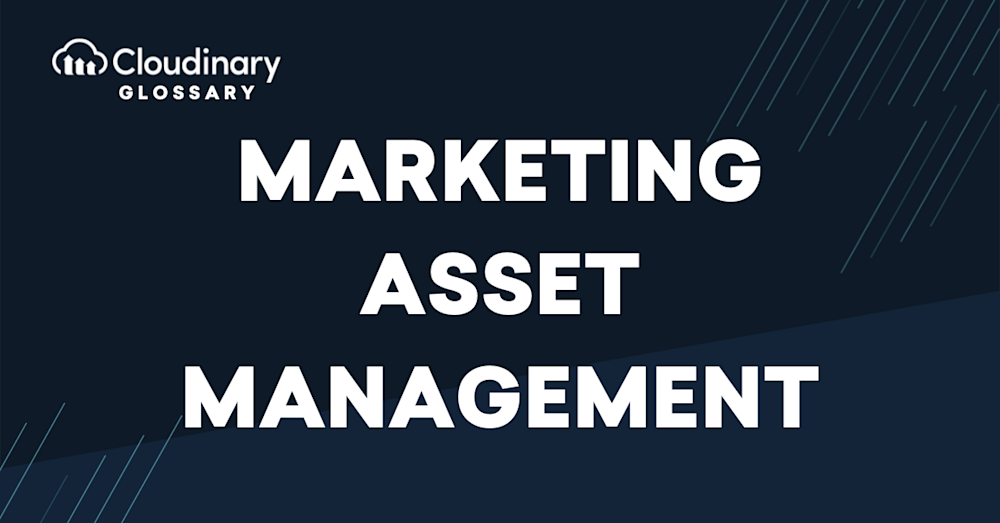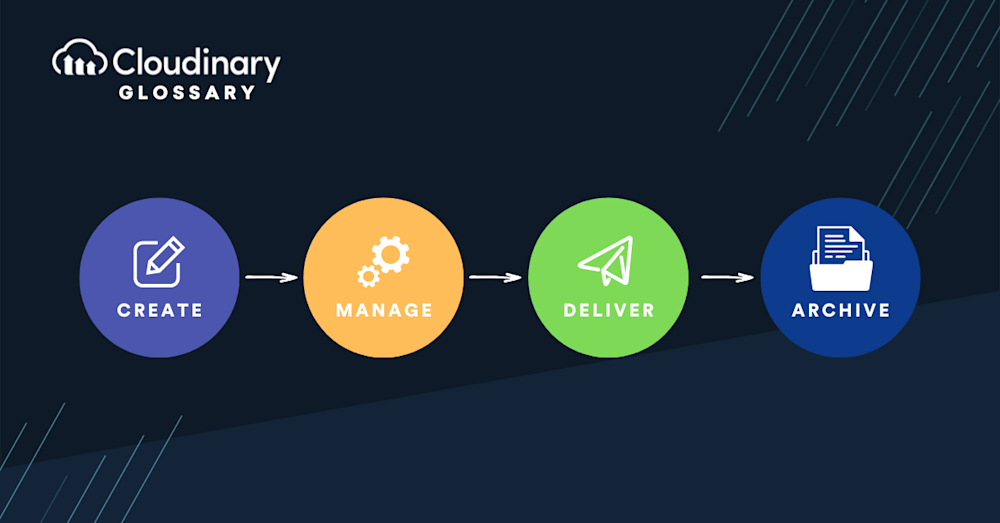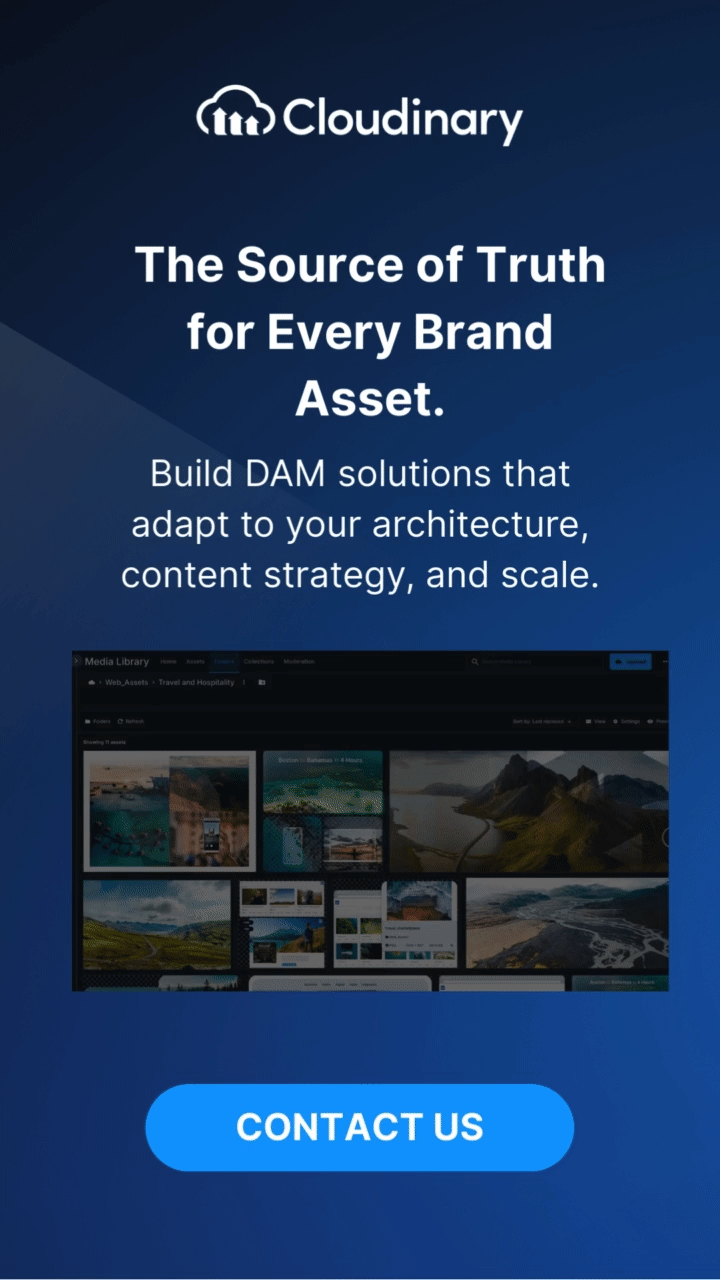What Is Marketing Asset Management?
In today’s fast-paced digital landscape, Marketing Asset Management (MAM) is crucial in helping businesses stay agile and competitive. MAM is a strategic approach to organizing, storing, and distributing a company’s marketing materials and resources. This includes digital assets such as images, videos, presentations, brand guidelines and physical assets like brochures, banners, and promotional items.
By utilizing a centralized system, marketing teams can collaborate more effectively, eliminate redundancies, and avoid using outdated or off-brand content. This centralized system acts as a controlled repository of digital assets and branded, multi-channel templates, ensuring that everyone on a team is using the most up-to-date assets. These solutions often incorporate analytics and reporting tools, allowing marketers to track the performance of their assets and make data-driven decisions.
What Are the Benefits of Marketing Asset Management?
MAM offers numerous benefits, significantly improving a business’s marketing strategy and overall efficiency. By centralizing and organizing all marketing assets, MAM ensures every team member can access the latest, approved materials, leading to a more consistent and effective marketing approach.
Some key benefits of Marketing Asset Management include:
- Brand consistency: MAM helps maintain a cohesive brand image across all marketing channels by ensuring all team members use the most up-to-date and approved assets.
- Operational efficiency: Streamlining marketing assets’ storage, retrieval, and distribution eliminates time-consuming manual processes and reduces the likelihood of errors.
- Cost reduction: MAM can help reduce overall marketing costs by improving operational efficiency and minimizing errors.
- Collaboration: Centralized storage of assets makes it easier for team members to collaborate on projects, share ideas, and stay informed about updates.
- Analytics and reporting: Many MAM solutions include tracking and reporting capabilities, enabling marketers to measure the performance of their assets and make data-driven decisions.
To implement MAM effectively, businesses can consider the following steps:
- Choosing one central place to store all assets.
- Developing a clear folder structure for organized asset storage.
- Establishing clear file naming conventions for consistency.
- Defining a process for version control to ensure the use of the latest assets.
- Periodically auditing existing assets to keep the repository updated.
- Establishing a system for labeling and tagging assets for easy retrieval and categorization.
Marketing Asset Management offers many benefits for a more effective and cost-efficient marketing strategy. MAM can significantly improve a business’s return on investment in marketing efforts by maintaining brand consistency, streamlining operations, and promoting data-driven decision-making.
The Difference between MAM and DAM
While both Marketing Asset Management and Digital Asset Management (DAM) systems are designed to organize and manage assets, they serve different purposes and cater to distinct needs within an organization. Here are some key differences between MAM and DAM solutions:
- Scope: MAM is tailored for managing marketing assets, while DAM is designed for managing all types of digital assets across an organization.
- Functionality: MAM systems often include features like campaign management, analytics, and reporting, which are specifically designed to support marketing efforts. On the other hand, DAM systems may offer more general asset management features, such as version control, metadata management, and advanced search capabilities.
- User focus: MAM is primarily geared towards marketing teams and their specific needs, whereas DAM is designed to serve a broader range of users within an organization, including designers, developers, and content creators.
While both MAM and DAM systems aim to improve the organization and management of assets, they serve different purposes and cater to distinct user groups. Understanding the differences between these two systems can help organizations make informed decisions when selecting the best solution for their needs.
Conclusion
Effective marketing is more important than ever in today’s fast-paced and competitive business environment. MAM is crucial in streamlining marketing operations, ensuring brand consistency, and maximizing the return on investment in marketing efforts. By centralizing and organizing marketing assets, MAM solutions help businesses stay agile, collaborate more effectively, and make data-driven decisions to optimize their marketing strategies.
If you’re looking to elevate your marketing efforts and efficiently manage your digital assets, consider signing up for Cloudinary, the best-in-class DAM solution. Cloudinary offers a comprehensive and user-friendly platform that manages your assets and seamlessly integrates with your marketing workflows. Don’t miss the opportunity to enhance your marketing strategy and boost your brand’s success.
Sign up for Cloudinary today and experience the difference a powerful DAM solution can make for your business.
Additional Resources You May Find Useful:




